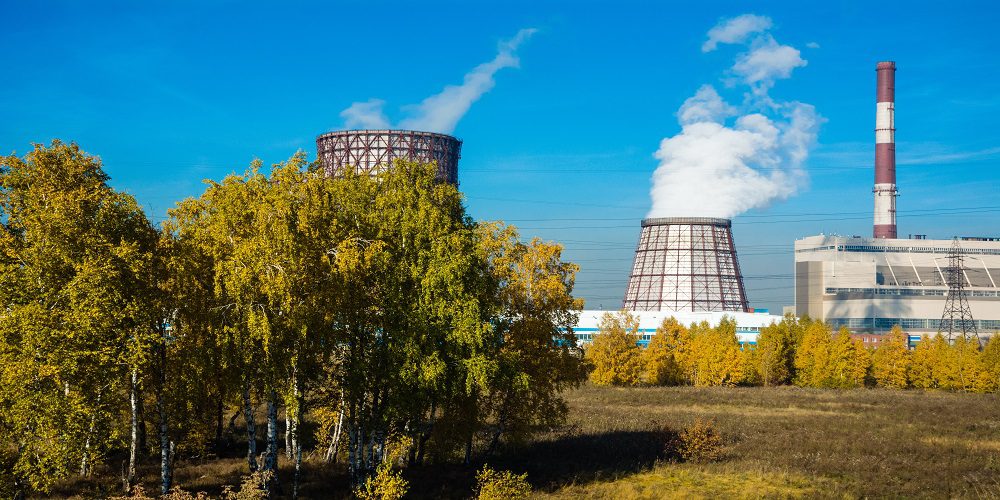Welcome, fellow Earthlings, to a wake-up call that demands our immediate attention! Today, we stand at the precipice of an unprecedented climate and nature crisis—one that threatens not just our planet’s delicate ecosystems but also the very existence of humanity as we know it. The clock is ticking louder than ever before, urging us all to unite in urgent action. Brace yourselves for an eye-opening exploration into the intricacies of this unraveling catastrophe and discover why now, more than ever, we must rise together to fight for the survival of our home.
Introduction
The world is facing an urgent crisis that threatens our very existence—the climate and nature crisis. This crisis is a result of human activities such as deforestation, burning of fossil fuels, and industrialization, which have led to unprecedented levels of carbon emissions into the atmosphere.
The effects of this crisis are already being felt around the globe. Extreme weather events like hurricanes, floods, and droughts are becoming more frequent and severe. Glaciers are melting at an alarming rate, causing sea levels to rise and putting coastal communities at risk. The oceans are becoming warmer and more acidic, leading to coral bleaching and threatening marine life.
But it’s not just about the environment; this crisis also has significant social and economic impacts. It disproportionately affects vulnerable communities that lack the resources to adapt to or recover from its effects. It threatens food security as crop yields decrease due to changing weather patterns. Climate-induced migration is on the rise as people are forced to flee their homes in search of better living conditions.
Definition and Causes of the Crisis
The climate and nature crisis is a looming threat that has been gaining more attention in recent years. It refers to the massive decline in biodiversity and natural resources, as well as the alarming changes in climate patterns that are causing significant harm to our planet.
But what exactly do we mean when we talk about a “crisis”? The term itself can be quite vague, so let’s define it in this context. The climate and nature crisis can be understood as an urgent and severe situation where the Earth’s natural systems are being significantly disrupted or damaged, leading to negative consequences for both humans and the environment.
There are various causes of this crisis, with human activities being the primary driver. Our unsustainable practices over the centuries have led to an unprecedented level of pollution, deforestation, overexploitation of natural resources, and the emission of greenhouse gases into the atmosphere. These actions have resulted in destructive consequences such as extreme weather events, loss of habitat for wildlife species, depletion of essential resources like water and food, and worsening air quality.
Impact on the Environment, Species, and Humanity
The climate and nature crisis is not just a problem for the planet but also for all the living species that call it home. The environmental impact of human activities has been significant and far-reaching, leading to negative consequences for both the natural world and humanity.
One of the most concerning impacts of the climate and nature crisis is on the environment itself. The Earth’s delicate ecosystems are being disrupted at an alarming rate due to human actions such as deforestation, pollution, and overconsumption of resources. These activities have led to a loss of biodiversity, degradation of land and water sources, and disruption of natural processes like carbon sequestration.
As a result, many plant and animal species are struggling to survive in their changing habitats. Climate change has caused shifts in temperature and precipitation patterns, which can harm or even wipe out entire populations. Species that rely on specific conditions or food sources are particularly vulnerable.
In addition to causing harm to individual species, these changes in the environment also have ripple effects throughout entire ecosystems. For example, as certain trees disappear due to deforestation or droughts, entire food chains can collapse as they no longer provide shelter or food for other organisms. This domino effect can ultimately lead to significant disruptions in global food systems and economic stability.
The Role of Human Activity in the Crisis
The current climate and nature crisis is a result of various factors, including natural phenomena such as volcanic eruptions and solar activity. However, the most significant contributor to this crisis is human activity. Over the past few decades, our actions have had a devastating impact on the environment, leading to irreversible damage to our planet.
One of the main ways in which human activity has contributed to the climate and nature crises is through excessive greenhouse gas emissions. The burning of fossil fuels for energy production, transportation, and industrial processes releases large amounts of carbon dioxide (CO2) into the atmosphere. This CO2 acts as a blanket, trapping heat from the sun and causing global temperatures to rise.
Deforestation is another major contributor to the crisis caused by human activity. Trees play a crucial role in balancing CO2 levels in the atmosphere by absorbing it during photosynthesis. However, deforestation, primarily due to agriculture, logging, and urbanization, has significantly reduced the number of trees on our planet. This has led to an increase in CO2 levels and disrupted natural processes that regulate our climate.
The expansion of agriculture is also a significant driver of environmental degradation. The demand for food has resulted in widespread land-use changes, such as clearing forests for farmland or expanding grazing areas for livestock. These activities not only contribute to deforestation but also lead to soil erosion and water pollution.
Global Efforts to Address the Crisis
The global climate and nature crisis is a pressing issue that requires immediate action from all nations and individuals. The consequences of inaction are dire, with the potential to impact every aspect of our lives, from food and water security to economic stability and human health. As such, there have been various efforts made by governments, organizations, and individuals around the world to address this crisis.
One of the most significant global efforts to combat the climate and nature crises is the Paris Agreement. This landmark agreement was adopted in 2015 by 197 parties at the United Nations Framework Convention on Climate Change (UNFCCC). Its main goal is to limit global temperature rise to well below 2 degrees Celsius above pre-industrial levels while pursuing efforts to limit it further to 1.5 degrees Celsius.
Under this agreement, countries have pledged to reduce their greenhouse gas emissions through nationally determined contributions (NDCs). These NDCs outline each country’s specific targets for reducing emissions and transitioning towards a low-carbon economy. Additionally, developed countries have committed to providing financial support for developing countries’ climate action plans.
Another crucial global effort is the Sustainable Development Goals (SDGs) set by the United Nations in 2015. These goals aim to end poverty, protect the planet, and ensure that all people can live peaceful, prosperous lives by 2030. The SDGs recognize that addressing climate change is vital for achieving sustainable development globally.
Why is urgent action needed now?
The current state of our planet is dire, and urgent action is needed now more than ever before. The effects of climate change and the loss of biodiversity are becoming increasingly evident, with devastating consequences for both human and non-human species. In this section, we will delve deeper into why it is crucial to act swiftly and decisively to address these pressing issues.
1. Time is running out.
Perhaps the most compelling reason why urgent action is needed now is that time is running out. Scientists warn that we are rapidly approaching a tipping point beyond which the damage caused by climate change and biodiversity loss will be irreversible. This means that if we do not take immediate steps to reduce greenhouse gas emissions and protect threatened species and ecosystems, we may soon reach a point of no return.
Moreover, even if we were to implement drastic measures today, it would still take decades or even centuries for the Earth’s systems to stabilize. This highlights the need for urgent action, as every passing day brings us closer to catastrophic consequences.
2. Human lives are at stake.
Climate change and biodiversity loss have severe implications for human lives and livelihoods. Rising sea levels, extreme weather events, food shortages, water scarcity, displacement of communities—these are just some of the ways in which climate change affects people all over the world.
Similarly, the loss of biodiversity can have significant impacts on our health as well as food security. Many life-saving medicines are derived from plants or animals found in nature; therefore, their extinction could have dire consequences.
What can individuals do to help?
Individual actions may seem small in the face of a global crisis, but they can make a significant impact when combined with collective efforts. Here are some ways that individuals can help contribute towards addressing the climate and nature crisis:
1. Reduce your carbon footprint: The burning of fossil fuels for energy is one of the main contributors to climate change. By reducing your personal carbon emissions, you can help reduce overall greenhouse gas emissions. Some simple steps you can take include using public transport or carpooling instead of driving alone, switching to renewable energy sources for your home, and being conscious of your energy consumption by turning off lights and unplugging electronics when not in use.
2. Conserve water: Freshwater resources are becoming increasingly scarce due to climate change and increasing demand from growing populations. To reduce your water footprint, you can take shorter showers, fix any leaks in your plumbing, and use drought-resistant plants for landscaping.
3. Eat sustainably: The food industry is responsible for a significant portion of greenhouse gas emissions through intensive farming practices and the transportation of food across long distances. By choosing locally grown and organic produce, reducing meat consumption (particularly beef), and avoiding single-use plastics in packaging, you can reduce your impact on the environment.
4. Support conservation efforts: Many organizations are dedicated to protecting natural habitats and wildlife around the world. By supporting these initiatives through donations or volunteering opportunities, you can directly contribute towards preserving our planet’s biodiversity.
Conclusion
The current state of our planet’s climate and natural environment is a cause for great concern. The evidence is clear: we are facing a crisis that requires urgent action. The decisions we make today will have a significant impact on the future of our planet, and it is up to us to take responsibility and act before it’s too late.



































